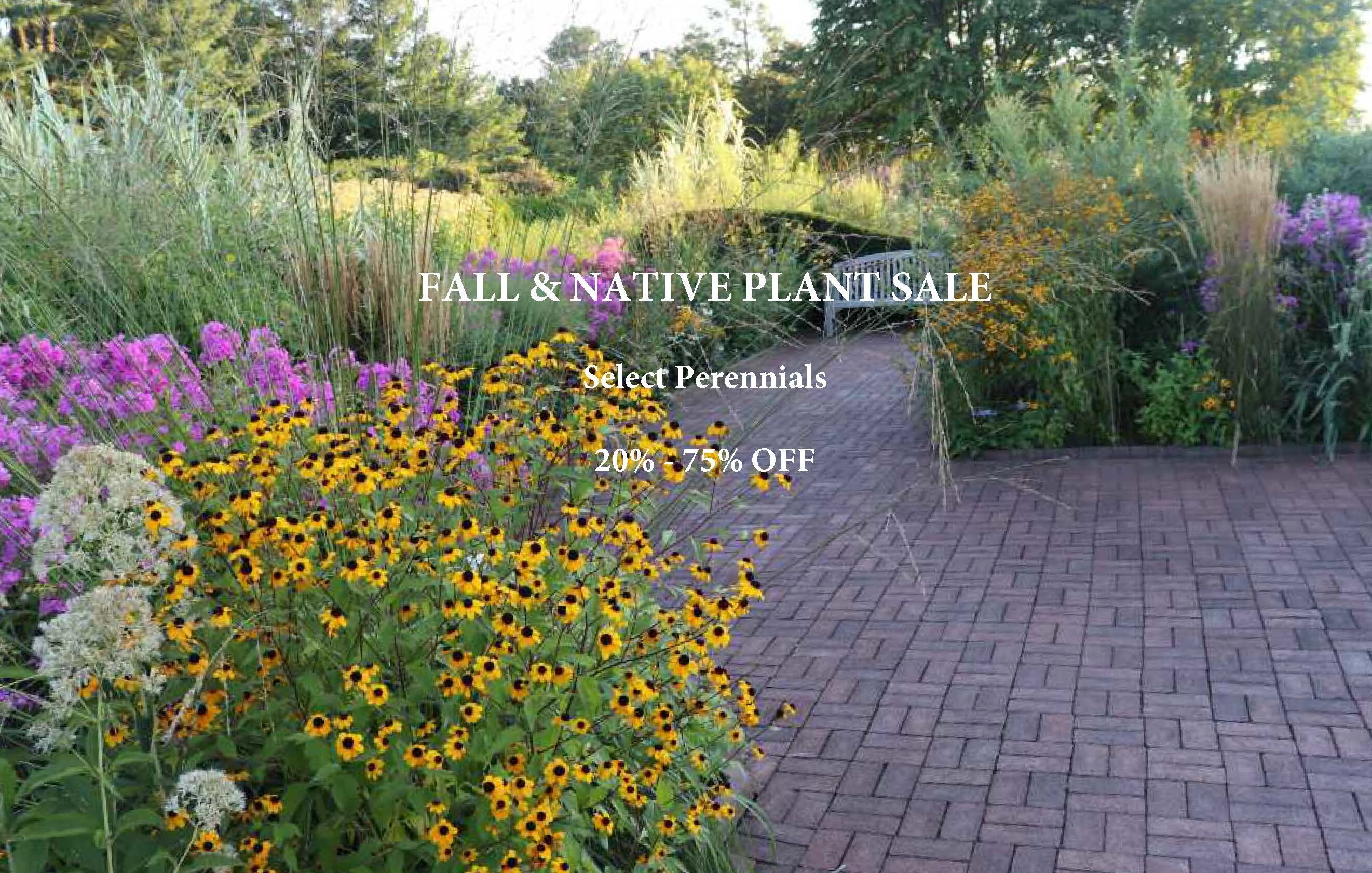Stipa spartea (Hesperostipa spartea) - PORCUPINE GRASS
Cool season grass with the height of 4' in the spring already!
Wispy, airy structure - needs to be tucked among other plants (it won't look good on it's own).
Very sharp seeds do plant themselves - see this video.
Excellent choice for naturalistic gardens, brought into the light for us by Kelly D. Norris
(this grass was planted at the Blank Performing Art Center in De Moines).
Blooming Time: May-June
Size: 4' high x 0.75' wide
USDA Zones: 3 to 6/7
Culture: Full sun, partial sun. Average soils, clayish soils if they naturally drain, loam, drained soils (sandy, rocky, gravelly).
Moisture Needs: medium, medium-dry to dry
Origin: Native to south-west/central states, part of Midwest and to Canada, where can be found in drier black soil prairies, sand prairies, upland savannas or pastures, often on drained soils. See the BONAP distribution map.
Deer/Rabbit Resistant: yes/yes, but early on the young leaves can be browsed!
Attracts Butterflies or Pollinators: no, but attracts leafhopper (Commellus colon = a specialist feeder of Porcupine Grass) and occasionally grasshoppers Speckle-winged and Thomas' Broad-winged Grasshopper)
Attracts Hummingbirds: no
Pot Size: square 3.5" x 4" perennial pot (1.22 pt/580 ml)
Plant combinations: Best in naturalistic plantings, prairie-inspired plantings, pollinator or wildlife gardens. Combine with plants with more coarse structures like Aster, Echinacea, Liatris, Rudbeckia, Silphium.
Picture copyright: USFWS Mountain-Prairie

Stipa spartea (Hesperostipa spartea) - PORCUPINE GRASS
Cool season grass with the height of 4' in the spring already!
Wispy, airy structure - needs to be tucked among other plants (it won't look good on it's own).
Very sharp seeds do plant themselves - see this video.
Excellent choice for naturalistic gardens, brought into the light for us by Kelly D. Norris
(this grass was planted at the Blank Performing Art Center in De Moines).
Blooming Time: May-June
Size: 4' high x 0.75' wide
USDA Zones: 3 to 6/7
Culture: Full sun, partial sun. Average soils, clayish soils if they naturally drain, loam, drained soils (sandy, rocky, gravelly).
Moisture Needs: medium, medium-dry to dry
Origin: Native to south-west/central states, part of Midwest and to Canada, where can be found in drier black soil prairies, sand prairies, upland savannas or pastures, often on drained soils. See the BONAP distribution map.
Deer/Rabbit Resistant: yes/yes, but early on the young leaves can be browsed!
Attracts Butterflies or Pollinators: no, but attracts leafhopper (Commellus colon = a specialist feeder of Porcupine Grass) and occasionally grasshoppers Speckle-winged and Thomas' Broad-winged Grasshopper)
Attracts Hummingbirds: no
Pot Size: square 3.5" x 4" perennial pot (1.22 pt/580 ml)
Plant combinations: Best in naturalistic plantings, prairie-inspired plantings, pollinator or wildlife gardens. Combine with plants with more coarse structures like Aster, Echinacea, Liatris, Rudbeckia, Silphium.
Picture copyright: USFWS Mountain-Prairie



